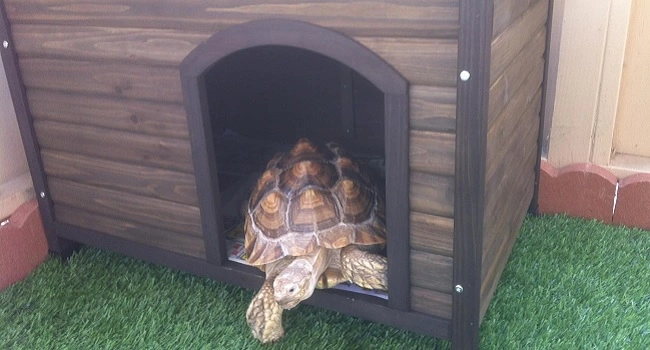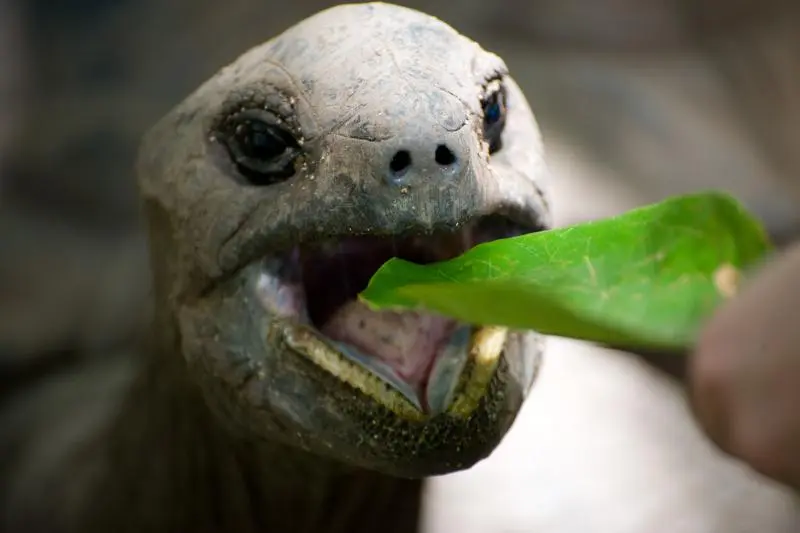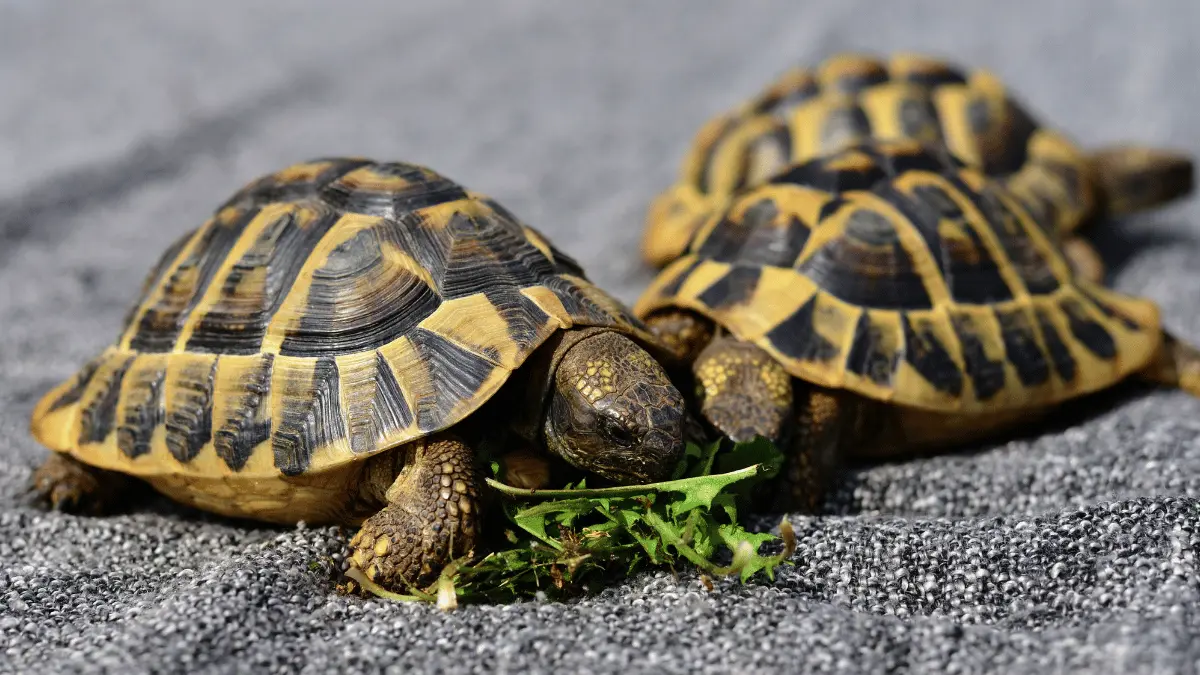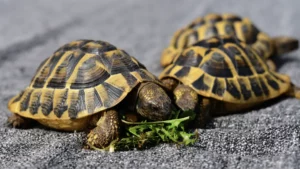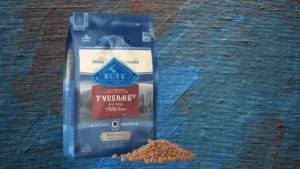Turtle Time: Tips for Properly Petting Your Tortoise
Often confused with turtles by most kids and some adults alike, tortoises are surprisingly a primary pet of choice for the ultra-rich.
Here are some tortoise facts that each one of us should essentially know:
- Tortoises are as small as 4 inches and can grow up to a whopping 48 inches.
- The most giant tortoise on record measured 53 inches.
- Tortoises live on land, and unlike turtles, they cannot swim at all.
- They’re cold-blooded reptiles.
- They can live for more than 50 years.
- The world’s oldest tortoise is believed to have lived for 189 years.
Their quietness, cuteness, and hairless body make tortoises a popular pet choice for most people. Tortoises can live for a long duration, from anywhere between 50 to 100 years. This means if you are planning to take in a tortoise as a pet, better be prepared for a lifetime of care and make arrangements for the case where your pet might outlive you.
Here are the various factors that you should consider while considering having a tortoise for a pet.
Behavior and Temperament
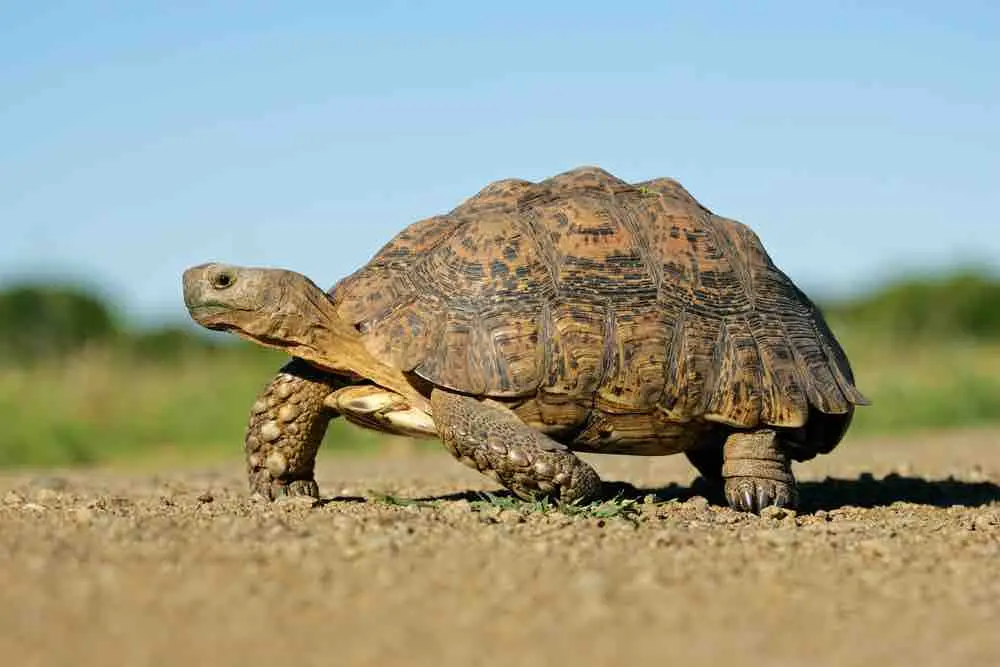
Most tortoises are docile and shy until put in a situation where two males are pitted in the same enclosure. It is not advisable to do so since two male tortoises might become aggressive towards each other, resulting in fights that may cause serious injury to both.
Although most tortoises grow too large to handle as adults, it is still advisable to not handle smaller turtles either as it might cause them tortoise stress which often leads to illness if the handling is prolonged.
The greatest drawback to having a tortoise as a pet is their age. As some larger tortoises like the sulcata can live up to more than 70 years, so make sure to plan for the care of your tortoise in your old age.
Housing
Many tortoise species grow up to pretty large sizes and hence need a decent sized enclosure, preferably outdoors. Such housing requirements make milder climate areas best suited for pet tortoises.
Depending on the area where you live and the area where the tortoise originated, it might become necessary to get your pet tortoises indoors over the night or during cool weather. If you opt for a larger species of tortoise, indoor housing poses a big challenge.
Some tortoise species also undergo hibernation, not meeting special environmental conditions for their hibernation causes a lot of stress to tortoises.
When erecting a tortoise pen outside, make sure it is sturdy. If you have a burrowing pet tortoise, make sure to bury your fences deep. Tortoises are as strong as they are slow and flimsy enclosures will not be able to contain them for too long.
Surprisingly, some tortoise species are also great climbers, which certainly validates the need for a roofed pen. Ensure that the enclosure keeps out predators (including dogs) and consists of no poisonous plants. Keep the pen sharp object free and make sure there are no inedible objects that are small enough to be accidentally ingested.
Most tortoises tend to tip onto their backs while climbing steps or other obstacles, which should be avoided at all costs for the tortoise’s well-being.
Food and Water
Despite being interesting pets, tortoises present some significant challenges due to their size and dietary habits. Diets vary from species to species, but all pet tortoises require quite a variety of food regardless of the species. Special attention is to be paid to the amount of roughage and the calcium/ phosphorus balances of their food.
Some tortoise species are known for their voracious appetites and need a large amount of food. So if your tortoise eats a whole lot of food, don’t brand it as a greedy tortoise. Ensure you measure the time required for food preparation and associated costs of the volume of food a tortoise eats before you get one as a pet.
As is the case with most reptiles, getting a captive-bred tortoise to avoid unruly complications is best. It is not possible for all species to be bred in captivity. Also, the capture and shipping conditions can lead to tremendous stress in animals, making animals more prone to disease. If you want to secure a pet tortoise at an affordable cost, you can adopt one from pet rescues. Many of these tortoises are from owners who couldn’t handle the amount of upkeep that a tortoise demands.
Before bringing in a pet tortoise to your home, make sure it is checked for parasites and quarantined to ensure its health, especially if it was placed with other tortoises.
It is of utmost importance to choose the most appropriate pet tortoise species depending upon your housing needs, environmental needs, and dietary requirements.
Make sure to do thorough research on the various tortoise species that you have short-listed for your considerations.
The most common pet tortoise species include the Russian, red-footed, cherry head, sulcata, greek, and radiated tortoises.
Common Health Problems
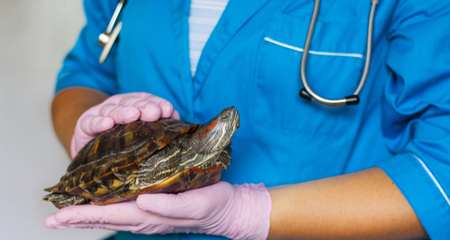
Similar to most reptiles, tortoises too are prone to respiratory infections. If your pet tortoise was raised in the wild, it is more likely to suffer from respiratory infections due to unsanitary conditions. Lethargy, weight loss, and excess mucus around the mouth and nasal passage are the markers to look out for respiratory infections.
Wheezing and refusal of food by a tortoise are the early signs of respiratory infection in a tortoise. Early signs of a respiratory infection include wheezing and refusing food by the tortoise.
Though respiratory infections can be treated with antibiotics administered through injections, it can be done only after proper diagnosis from a qualified veterinarian for reptiles. It is mandatory to keep your tortoise warm at all times while it is undergoing treatment for respiratory infection.
Tortoises are also susceptible to metabolic bone disease (MBD), which results from a diet that doesn’t have enough calcium.2 Like many reptiles, tortoises need to be exposed to ultraviolet radiation A and B (UVA/B) to absorb calcium. Tortoises in the wild typically bask in the sun for most of their waking hours to get this level of UVA/B exposure.
If a tortoise doesn’t get enough calcium, its shell will show the signs first. If it’s a young tortoise, the shell may not grow at a rapid enough rate. Older tortoises may develop weak bones in their legs, have difficulty walking, or even suffer bone fractures.
While you consider bringing a pet tortoise into your home, you will find it helpful to read further about a select few species and their habits on Greedy Tortoise, such as the sulcata, Greek tortoise, and the Red-footed tortoise. Hermann’s tortoise is another good species known for being fantastic pets. During your research, you might come across other species that might suit you well.
Happy Searching.
